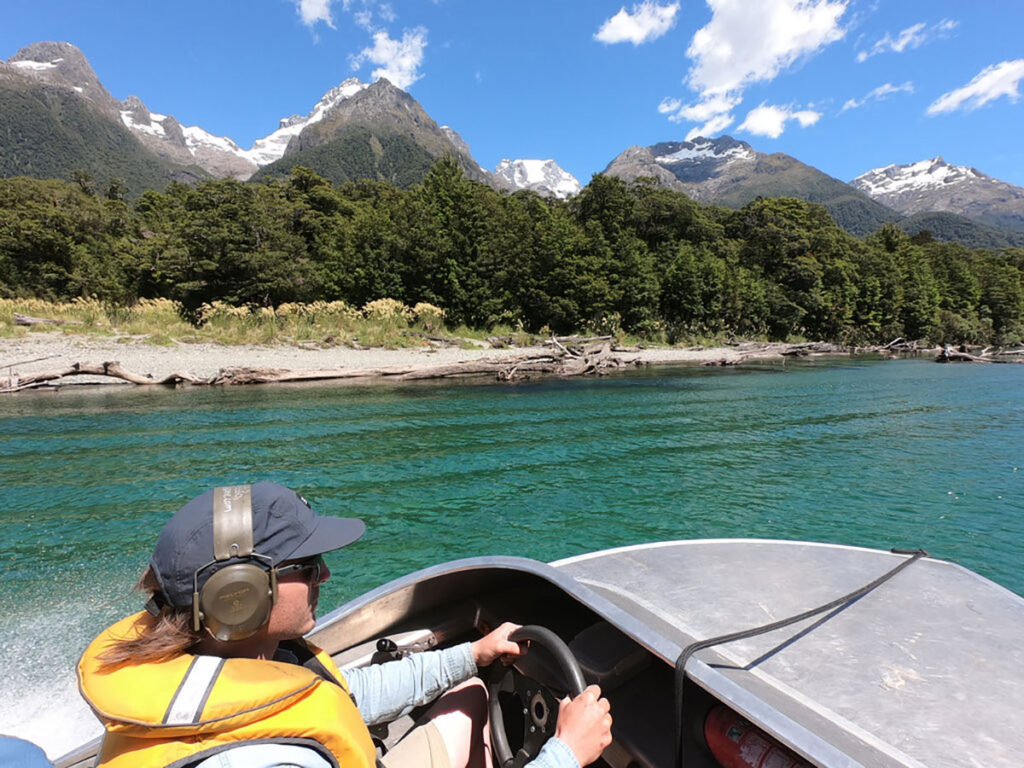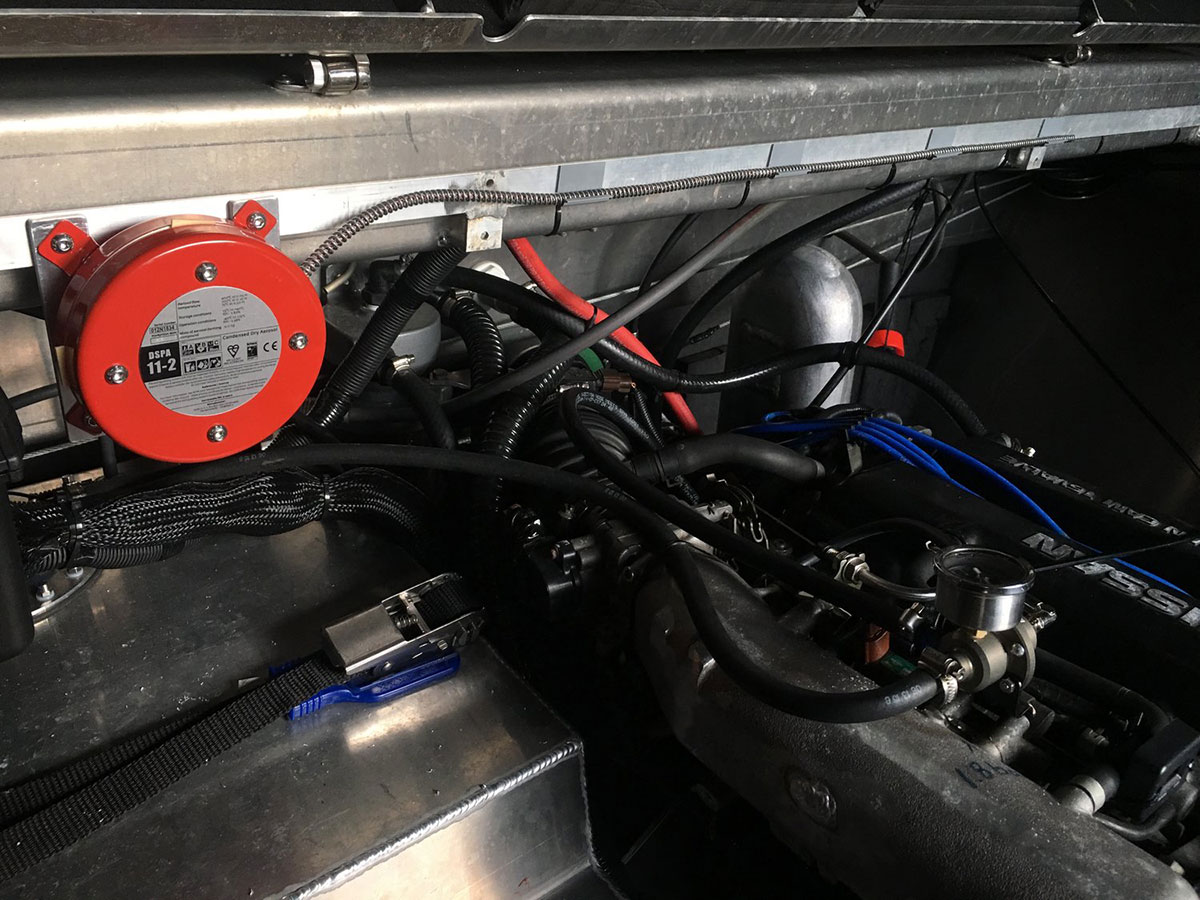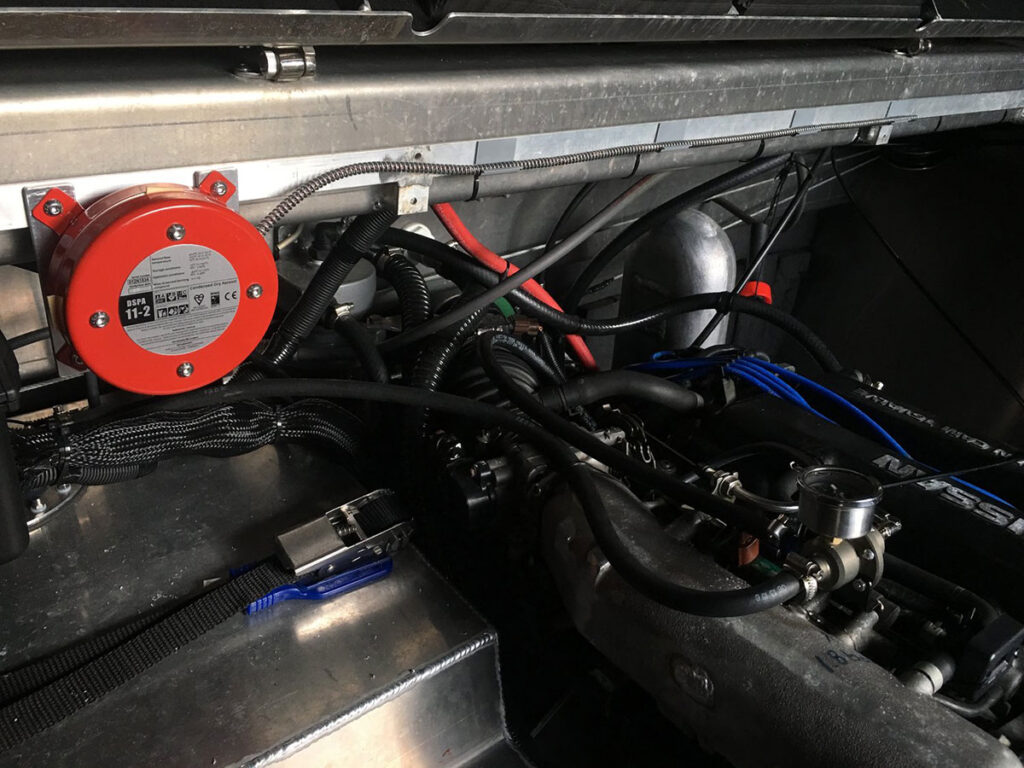
WattsCraft
There have been several deaths in jet boats in recent years & numerous near misses. Small boats also have a reputation for boating in small rivers that have no legal uplifting. Please respect the rules.
WattsCraft believes we design one of the most safe & forgiving hulls. However, river jet boating is a risky activity and any boat can roll over or cause injury. Please drive your boat within you abilities & the rules. Boaters should seek as much information as possible.
Safety // WattsCraft
Learning
Join JBNZ & learn all the river rules & relevant laws.
Become familiar with national & local boating rules & safety information.
Learn from more experienced boaters as much as possible
Check out the JBNZ web forum for discussions on all aspects of jet boating
Peak Marine Safe Boating checklist
- Peak Marine Boat Building & Testing Checklist
- Make sure you are familiar with the latest information regarding river uplifting’s
- Be aware of other river users & boats. Always notify commercial jet boat operations where they are present.
Steering & Control
Jet boats require engine power to turn. The engine, throttle linkage & steering linkage must all function to have any control over the boat. Drive defensively at all times; do not rely on being able to avoid obstacles at the last minute.
You & anyone who drives the boat must understand how to control the boat before driving the boat, especially around people & obstacles. The operator should become very familiar with steering the boat on an easy river or lake before tackling rivers.
The control linkages & engine should be checked before every use & maintained well.
Although most jet boats have reverse, it should be assumed that the boat effectively has no brakes. Obstacles must be anticipated in advance & avoided.
Loading passengers & gear
The position of the passengers & gear will have a big effect on the centre of gravity of a small light boat. Having weight too far forward or too high can effect handling & increase the risk of roll over. Load heavy items as low as possible. If you are loading heavy items on top of the boat drive the boat with additional caution.
Identify Hazards Early
Anyone operating a boat should only boat rivers that are within their skill & experience levels. Inexperienced drivers should build skills & experience slowly (preferably under the direct guidance of more experienced boaters). Please don’t take your new boat & try doing what you have seen on YouTube.
Small jet boats are very easy to drive but safely navigating a river takes skill & good judgement. Remember boating back down river is often much harder.
On small rocks and gravel you can slide to a stop fairly gently. However, some sands (clean fine sand) are the exception & these will stop you violently fast! Be aware of the type of land under the water.
Your WattsCraft may also have a UHMWPE bottom; this means you will keep sliding (uncontrolled) for a long way if you run aground.
Fire Safety
Most jet boats are petrol and the risk of a fire is very real. Care should be taken when installing the fuel system.
Here are some basic tips to avoid fuel or fuel vapours in the engine bay.
Fuel fillers and vents should always be external to the boat
Fuel tanks and fittings should be completely sealed mechanically. Even small leaks are unsafe and sealants do not work long term with petrol.
Design build and mount the tank so it wont wear, flex/crack or corrode
Avoid wear on fuel lines and use correct tube/fittings rated for petrol and the correct pressure
Open engine bays and inspect for fuel or vapours before starting engines after they have been sitting
Avoid ignition sources as well:
Wiring should be tidy, secured and well protected from wear and short circuits
Exhaust systems and engine should be water cooled and not hot enough to melt things or heat the engine bay up excessively
A fire suppression system should be considered. Especially when the boat will be used more than an easy swimming distance from shore. We are a dealer for DSPA Automatic fire suppression units, check out more information on these here.


